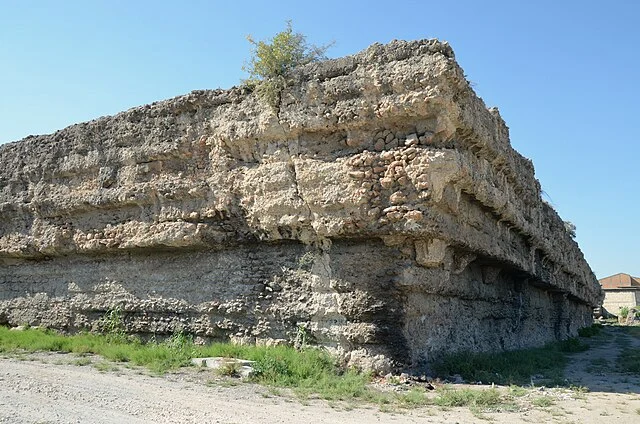Donuktaş is one of the most significant yet enigmatic monuments in the ancient region of Cilicia, located in present-day Turkey. This structure, situated in the city of Tarsus, has puzzled archaeologists and historians for decades due to its unusual architectural form and unclear purpose. Donuktaş, meaning “frozen stone” in Turkish, stands as a testimony to the region’s rich historical and cultural heritage.
Get your dose of History via Email
Historical Context of Cilicia and Tarsus
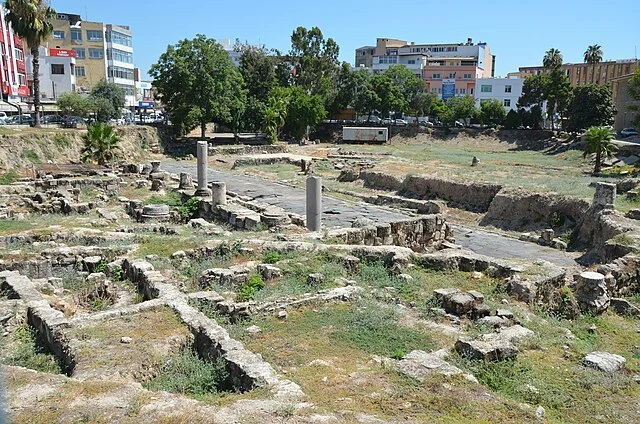
Cilicia, a region in southeastern Anatolia, was a crucial hub in the ancient world. It connected the East and West, serving as a vital trade route. The city of Tarsus, where Donuktaş is located, was one of Cilicia’s most important cities. Tarsus, founded in antiquity, reached its peak during the Hellenistic and Roman periods. It became a major center of commerce, culture, and political activity.
Description and Architecture of Donuktaş
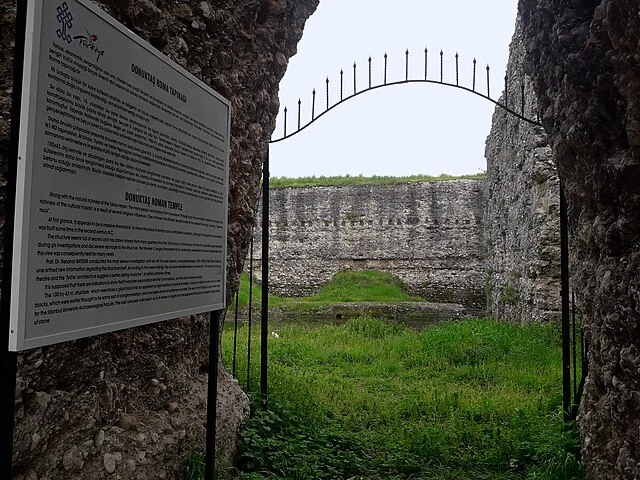
Donuktaş is an imposing rectangular structure made from large stone blocks. Measuring approximately 36 meters by 18 meters, the building has walls that stand about 10 meters high. The walls are constructed from massive limestone blocks, some of which are over 8 meters long. This construction method is characteristic of monumental architecture in the ancient world, indicating the structure’s importance.
The interior of Donuktaş is mostly hollow, with no clear evidence of internal rooms or subdivisions. The walls are thick, with no visible windows or openings. The roof, which has not survived, was likely made of timber or another perishable material. The overall design is stark and utilitarian, lacking the decorative elements typically found in contemporary Hellenistic or Roman architecture.
Theories on the Purpose of Donuktaş
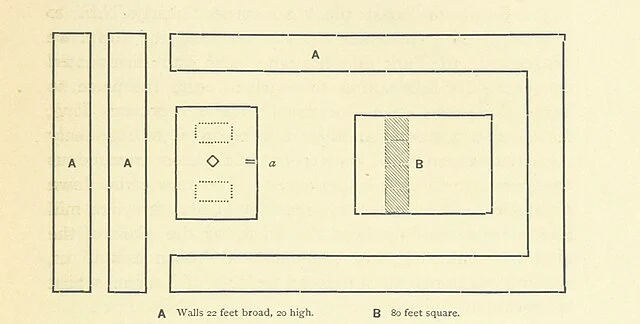
The purpose of Donuktaş remains a topic of debate among scholars. Various theories have been proposed, but no consensus has been reached. Some researchers suggest that Donuktaş was a temple dedicated to a local or regional deity. However, the lack of religious iconography or inscriptions makes this theory difficult to prove.
Another theory posits that Donuktaş served as a palace or administrative building. The structure’s size and location within Tarsus support this idea. Yet, the absence of internal rooms or corridors contradicts the typical layout of a palace or administrative center.
Some historians argue that Donuktaş could have been a mausoleum or tomb. The structure’s solid, almost fortress-like appearance might suggest a funerary purpose, intended to protect the remains of an important figure. However, no evidence of human remains or burial artifacts has been found within the structure.
A final theory proposes that Donuktaş was a monumental storage facility or granary. Its massive walls and simple design could have provided a secure place for storing goods. Again, the lack of internal division casts doubt on this hypothesis.
The Donuktaş in the Broader Context of Ancient Architecture
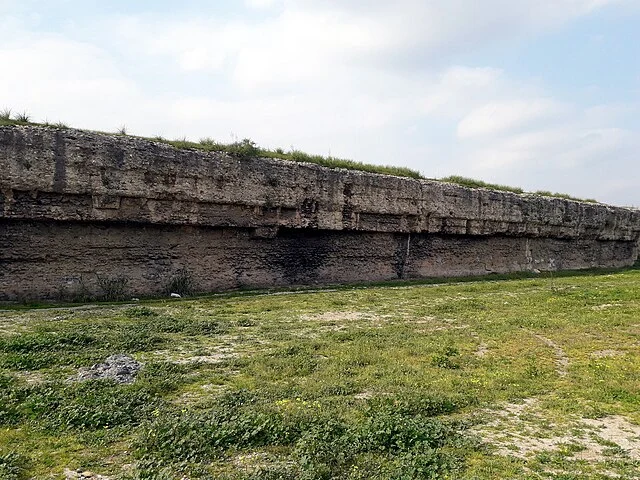
Donuktaş is a unique structure within the architectural landscape of ancient Cilicia. Unlike the ornate temples or public buildings found in other parts of the region, Donuktaş’s austere design sets it apart. It reflects a different architectural tradition, possibly influenced by local customs or practical considerations.
Comparing Donuktaş to similar structures in the Mediterranean region highlights its uniqueness. While it shares some features with Roman and Hellenistic buildings, such as the use of large stone blocks, it lacks the decorative and functional elements typical of these cultures. This suggests that Donuktaş may have served a specific, yet unidentified, purpose unique to the region.
Conclusion
Donuktaş remains one of the most mysterious structures in ancient Cilicia. Its massive stone walls and unusual design continue to intrigue historians and archaeologists. Despite numerous theories, the true purpose of Donuktaş remains unclear. Further research and excavation may one day shed light on this enigmatic monument, revealing its role in the history of Tarsus and the broader region. Until then, Donuktaş stands as a silent witness to the rich and complex history of ancient Cilicia.
Source:

